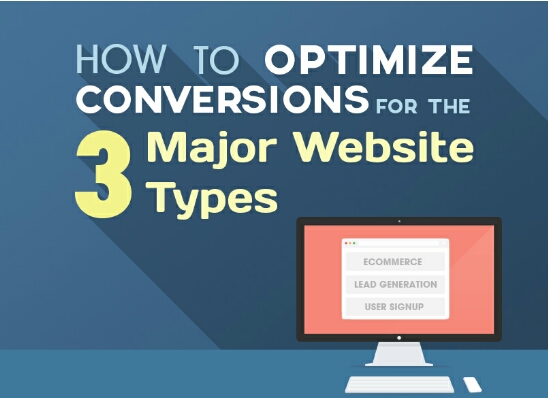Effective Website Calls-To-Action and How They Can Work for You
A study at Content Marketing Institute revealed that out of a cross-section of some of the top business websites, only 30% had an effective call-to-action on the front page. […]
A study at Content Marketing Institute revealed that out of a cross-section of some of the top business websites, only 30% had an effective call-to-action on the front page. This is a huge mistake, because a lack of a call-to-action risks losing business. Even after twenty years of commercial websites, an incredibly low number actually reach out to the customer and give them an opportunity for direct contact. In many cases, even phone numbers and emails are buried on the front page, when they should be front and center.
Looking at some effective front-page calls-to-action can be extremely helpful in building new business and creating support opportunities. Smart call-to-action designs aren’t based on color schemes or arbitrary factors but act as a genuine invitation to dialogue with potential clients. An ideal call-to-action brings the customer into direct experience with your product or service: some of the most successful calls-to-action simply ask the client to try out what a company is doing.
What Makes a Successful Website Call-to- Action
Because of this, we can gather three basics about what makes a successful call-to-action.
1. Language.
Everything in a good call-to-action asks the reader to do something. Whether it’s a sign-up form with an email to get more useful information from this useful website your reader has found, to getting something free (like a short e-book; this is a very common– and effective– call-to-action) to a simple way to reach out, a smartly written call-to-action will take a reader one step further on a path in which you are guiding them, with the ultimate result being a purchase, or a membership.
2. Personal Gain.
A call-to-action is most successful when a client can see a benefit. A simple description of how great your product is, followed up with an invitation to “try it!” is quick and effective. A free item, such as the aforementioned e-book or a membership, is also a benefit. Customers work best when they can see the immediate benefit to filling out a short form and clicking a button. It all comes down to diminishing returns: the more hurdles a customer has to clear to gain access to what you’re discussing, the lower the chance of a close.
3. Directness.
Calls-to-action are successful when they are direct, on the front page, and obvious. Making sure that your desire to see customers learn more about what you do, or even try out your service, is obvious and seems straightforward, but surprisingly, most business websites don’t even go that far. So making sure that your intent is obvious as an invitation will make a world of difference in client acquisition.










